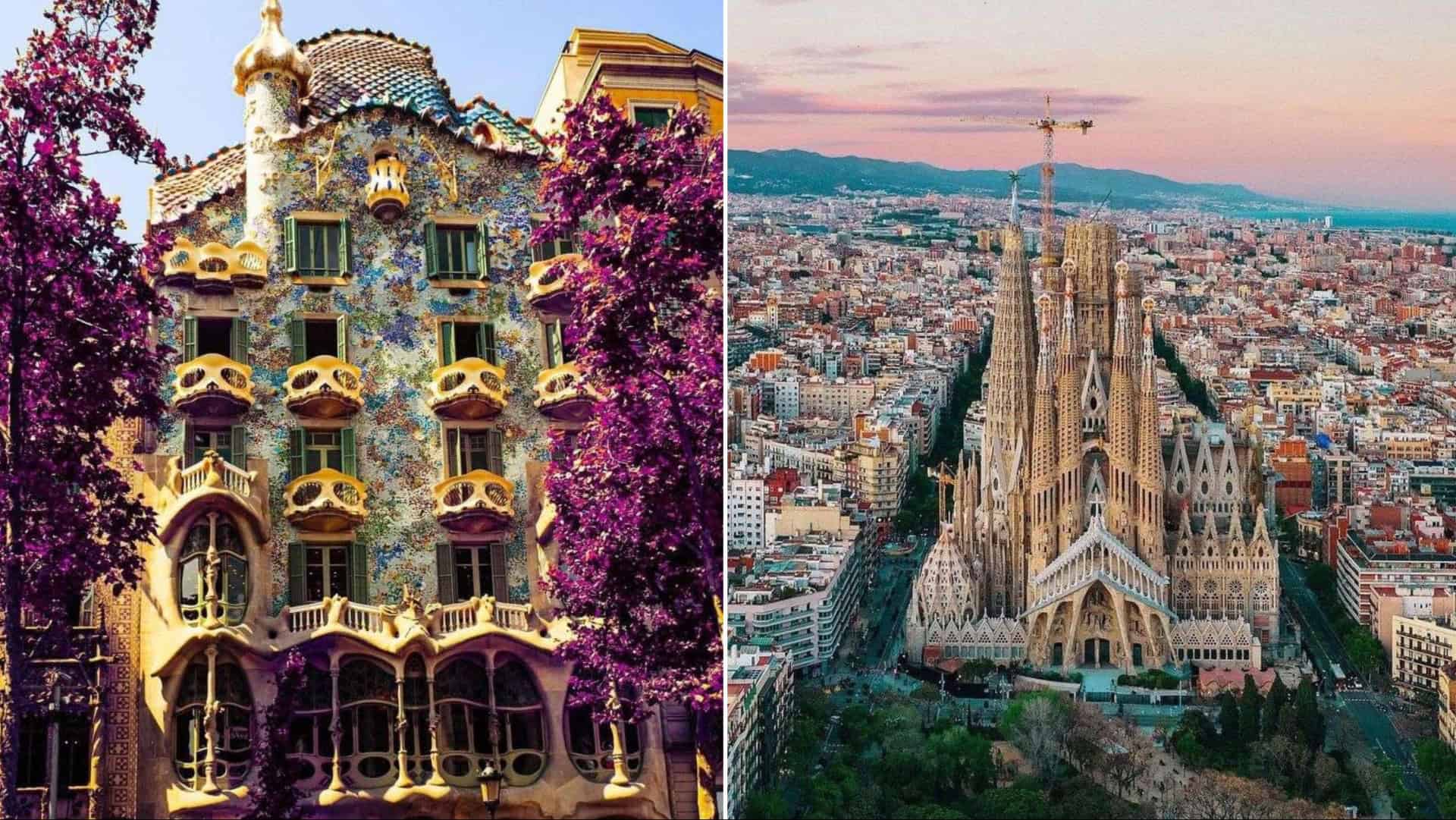Antoni Gaudí, the Catalan architect, is celebrated for his breathtaking and innovative designs.
His works embody a harmonious blend of nature, religion, and modernism.
This article explores 10 stunning buildings that showcase Gaudí’s unique style, each offering a glimpse into his creative genius and unmatched architectural prowess.
1. Casa Batlló
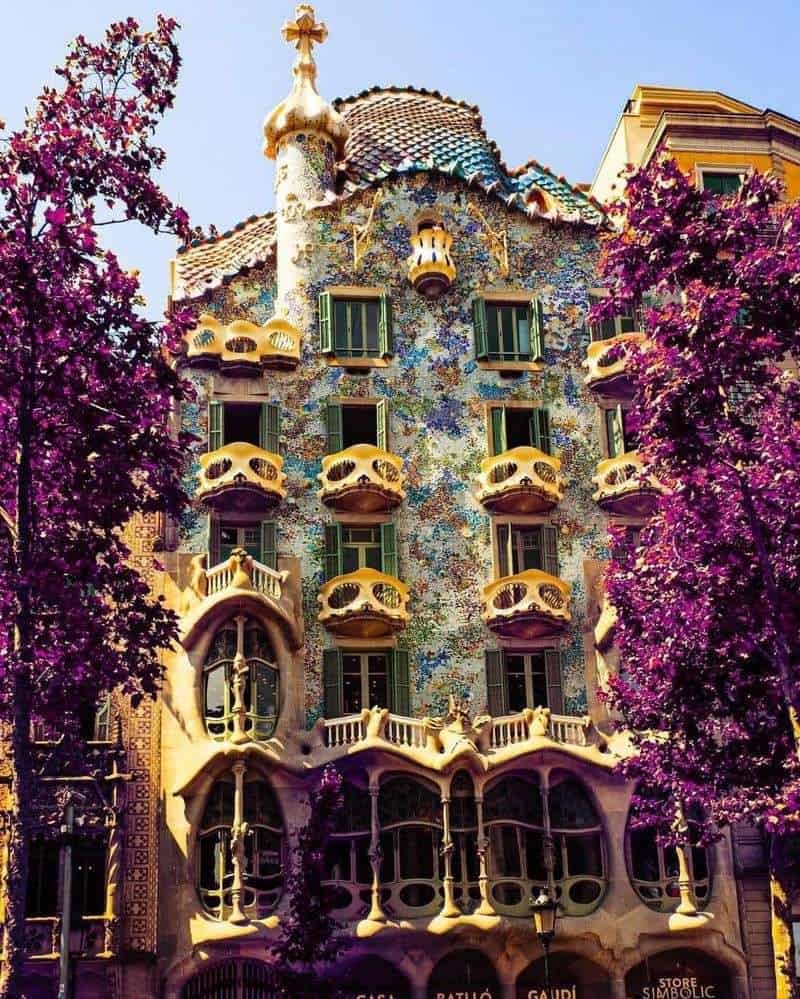
Casa Batlló’s vibrant facade is a riot of color and creativity. The building’s bone-like structure and mosaic tiles evoke a sense of whimsical beauty.
Gaudí remodeled this building in 1904, transforming it into a visual feast that captivates onlookers with its fantastical design and artistic flair.
2. Casa Vicens
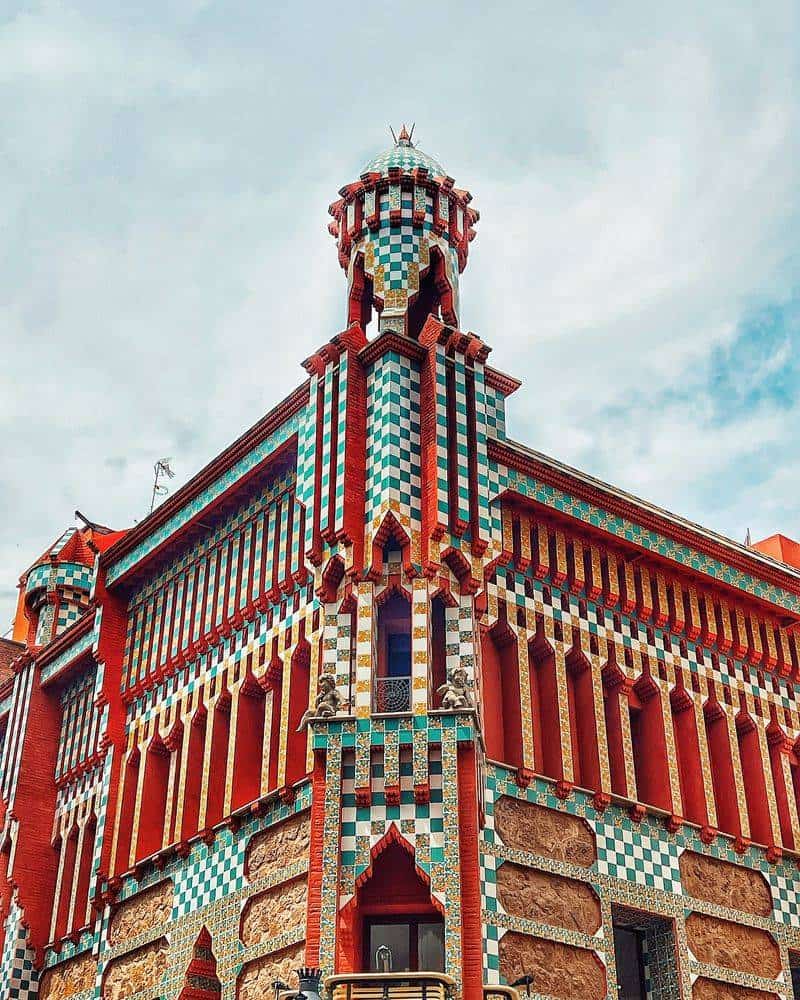
As Gaudí’s first major project, Casa Vicens sets the stage for his illustrious career.
Completed in 1885, this summer residence features vibrant tiles and intricate brickwork.
Its Moorish influence is evident, reflecting Gaudí’s early experimentation with different styles and his flair for intricate detail.
3. Casa Milà
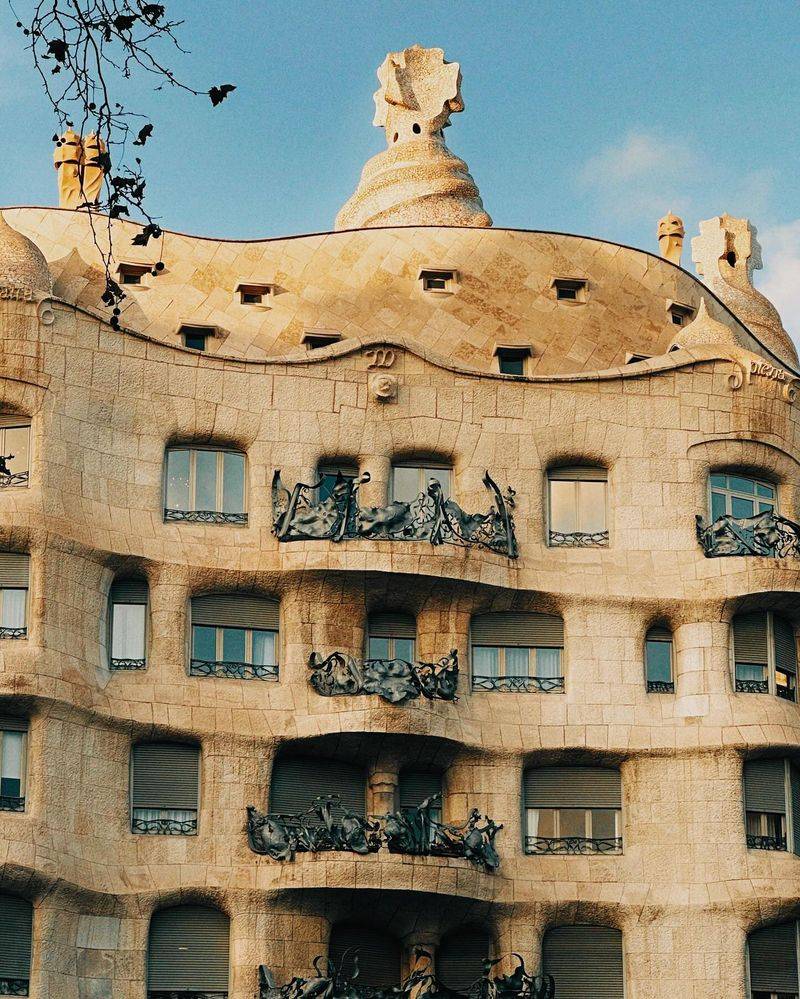
Casa Milà, also known as La Pedrera, is a masterpiece of modernist architecture. Its wavy stone facade and twisting iron balconies draw inspiration from nature’s organic forms.
Built between 1906 and 1912, it stands as a testament to Gaudí’s pioneering vision and his ability to challenge traditional architectural norms.
4. Park Güell
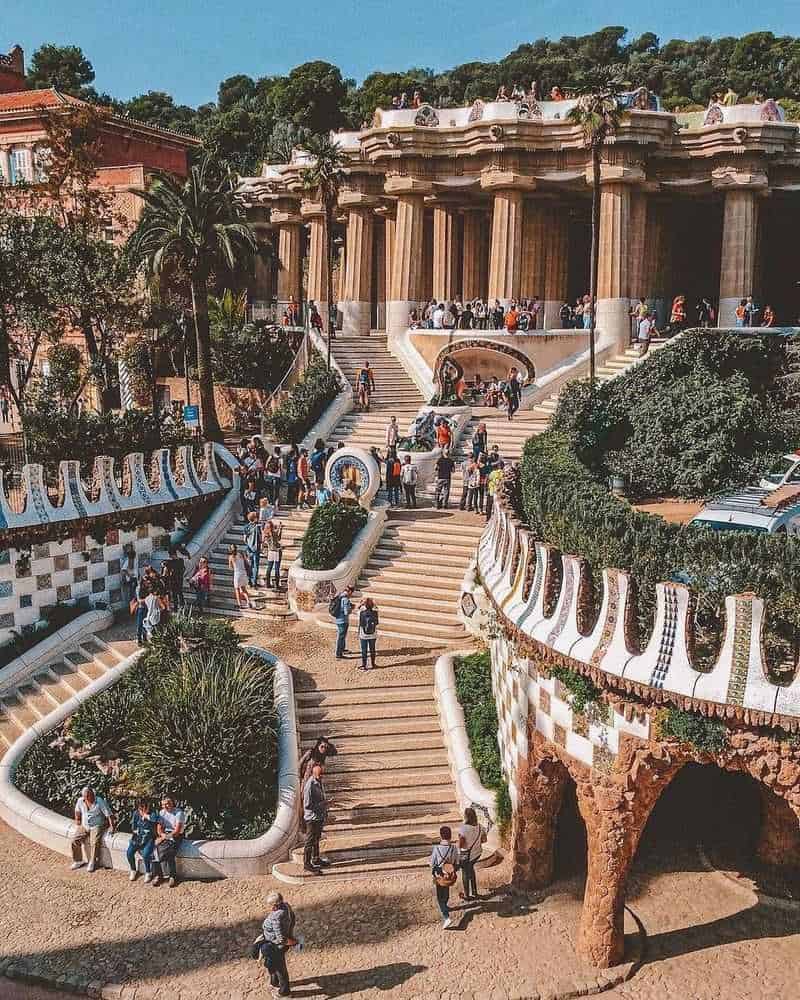
Park Güell is a magical blend of artistic expression and natural beauty. The park, designed for Eusebi Güell, features colorful mosaics and serpentine benches.
Opened in 1926, it offers a tranquil escape from the city, where visitors can enjoy panoramic views and explore Gaudí’s imaginative landscape design.
5. Palau Güell
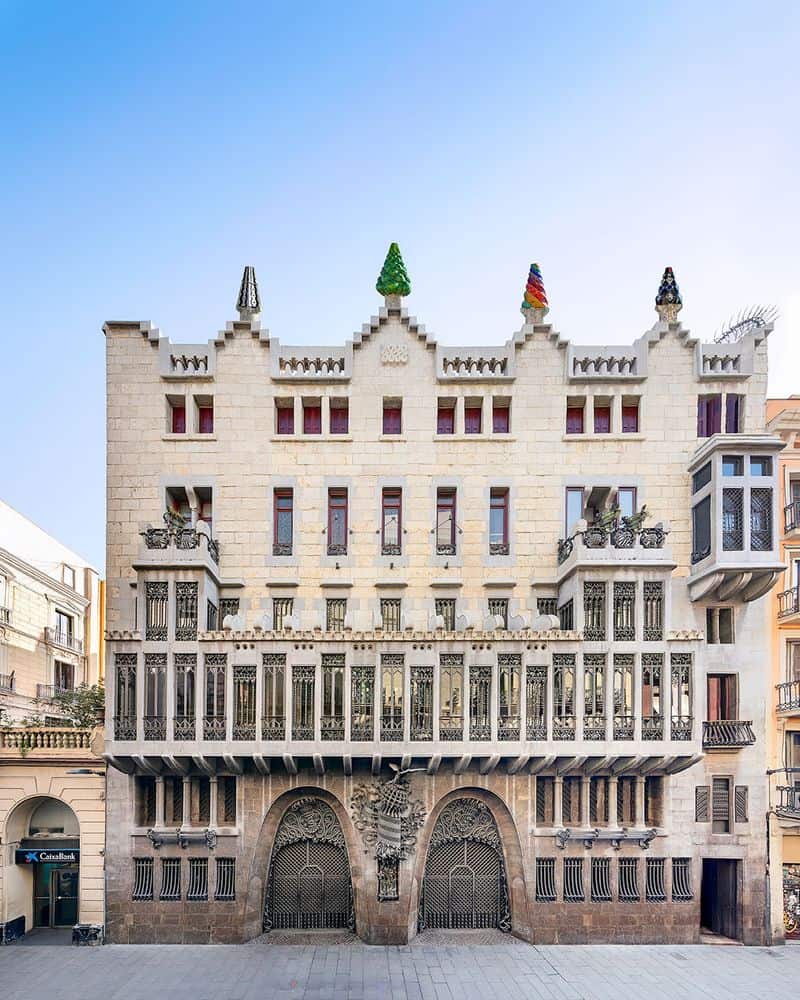
Palau Güell, designed for industrial tycoon Eusebi Güell, exemplifies Gaudí’s innovative use of space and light.
Completed in 1888, its luxurious materials and unique design elements reflect the wealth and status of its owner.
The building’s grandeur and intricate details are a testament to Gaudí’s genius.
6. Sagrada Familia
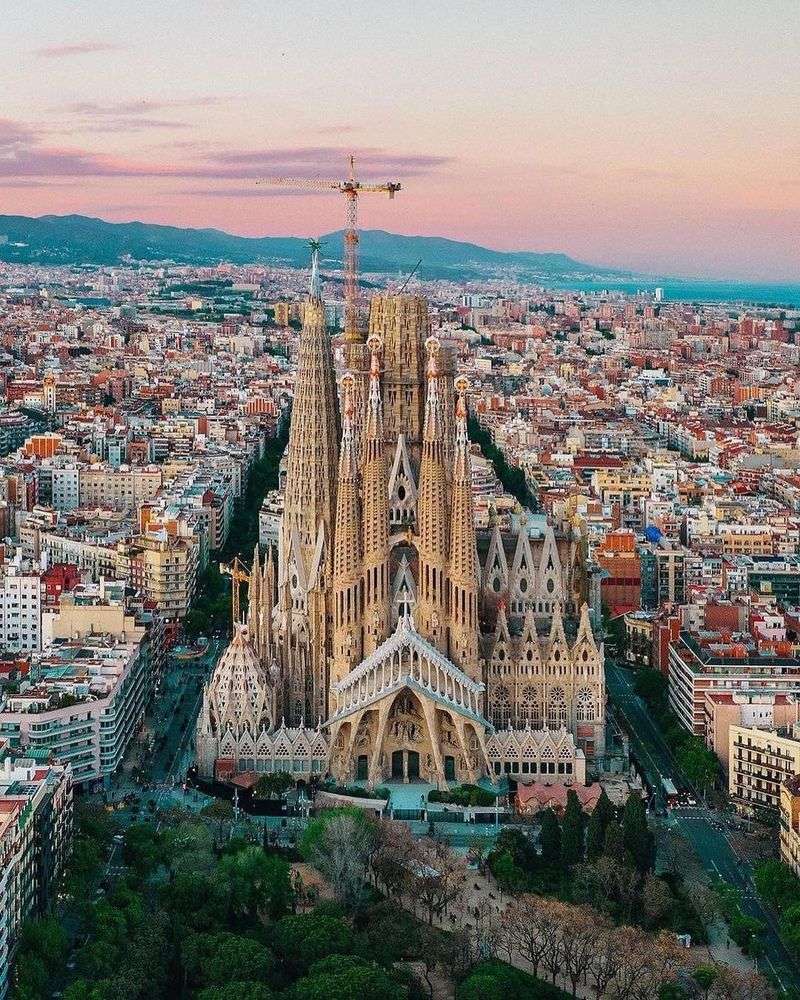
The Sagrada Familia is perhaps Gaudí’s most famous work, an epic basilica still under construction since 1882.
Its intricate facades and towering spires blend Gothic and Art Nouveau styles.
This monumental structure attracts millions and stands as a symbol of Gaudí’s enduring legacy and dedication to his craft.
7. Torre Bellesguard
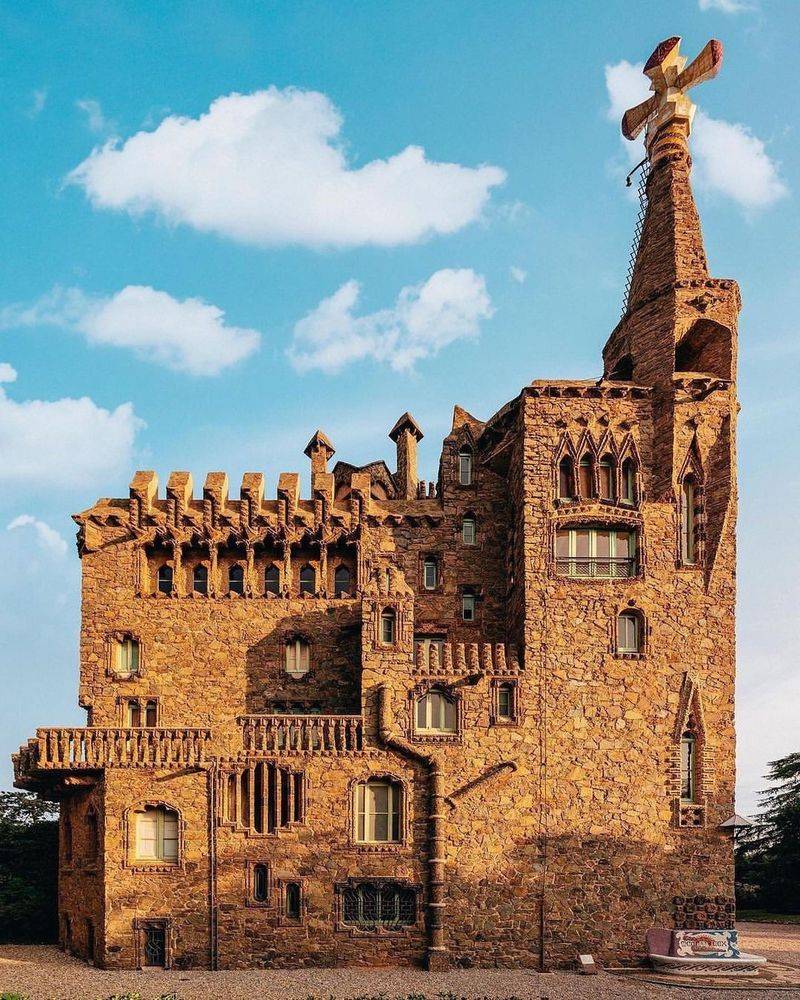
Torre Bellesguard, with its neo-Gothic design, sits nestled in the hills of Barcelona.
Completed in 1909, it mirrors the medieval castle that once stood on its site.
Gaudí’s fusion of historical elements with modernist touches creates a unique structure that tells the story of its rich past.
8. Colonia Güell
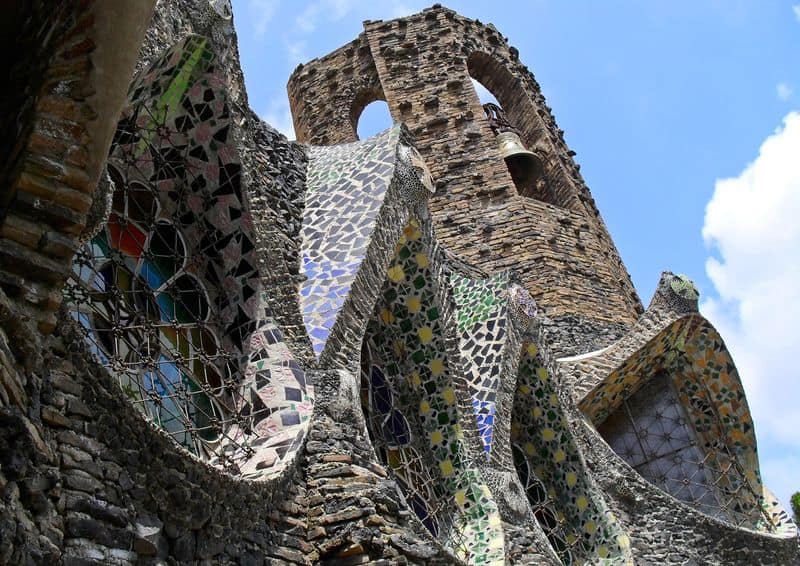
Colonia Güell, an industrial village, houses an unfinished church crypt designed by Gaudí.
The crypt, with its leaning columns and asymmetrical structure, reflects his radical approach to architecture.
Started in 1898, it remains incomplete but provides insight into Gaudí’s visionary concepts.
9. Casa Calvet
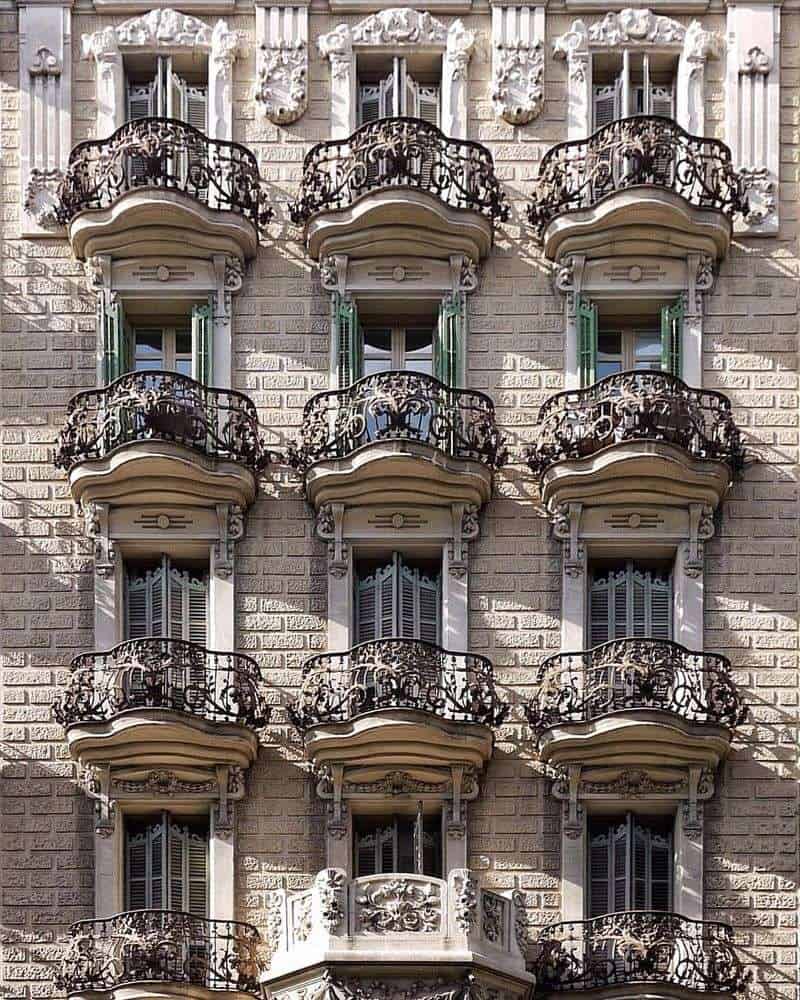
Casa Calvet, built for a textile manufacturer in 1900, highlights Gaudí’s versatility.
Its baroque facade and ornate details contrast with his other works, displaying his ability to adapt to different styles.
The building’s harmonious design earned Gaudí the Barcelona City Council award for best building.
10. Colegio Teresiano de Barcelona
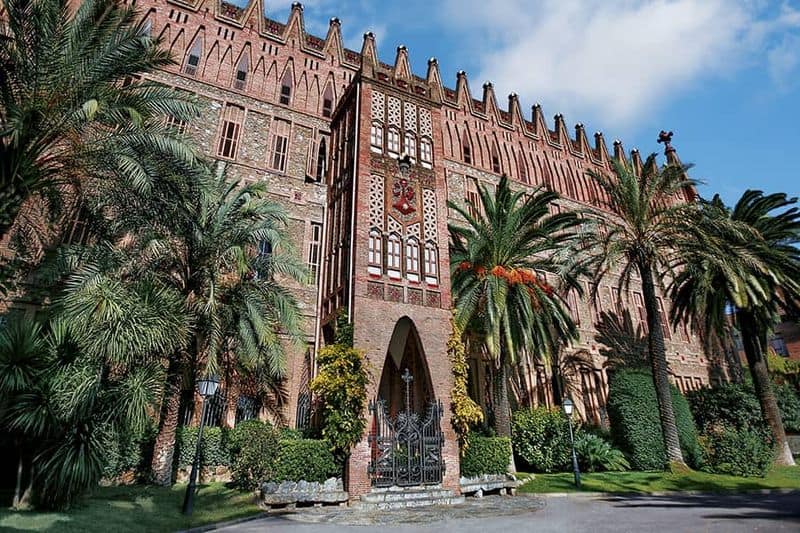
Colegio Teresiano, completed in 1889, showcases Gaudí’s talent for working with simple materials.
Its austere brick facade, accented with pointed arches, embodies a sense of spiritual tranquility.
Designed for a religious order, the building reflects Gaudí’s deep faith and commitment to functional yet beautiful architecture.

